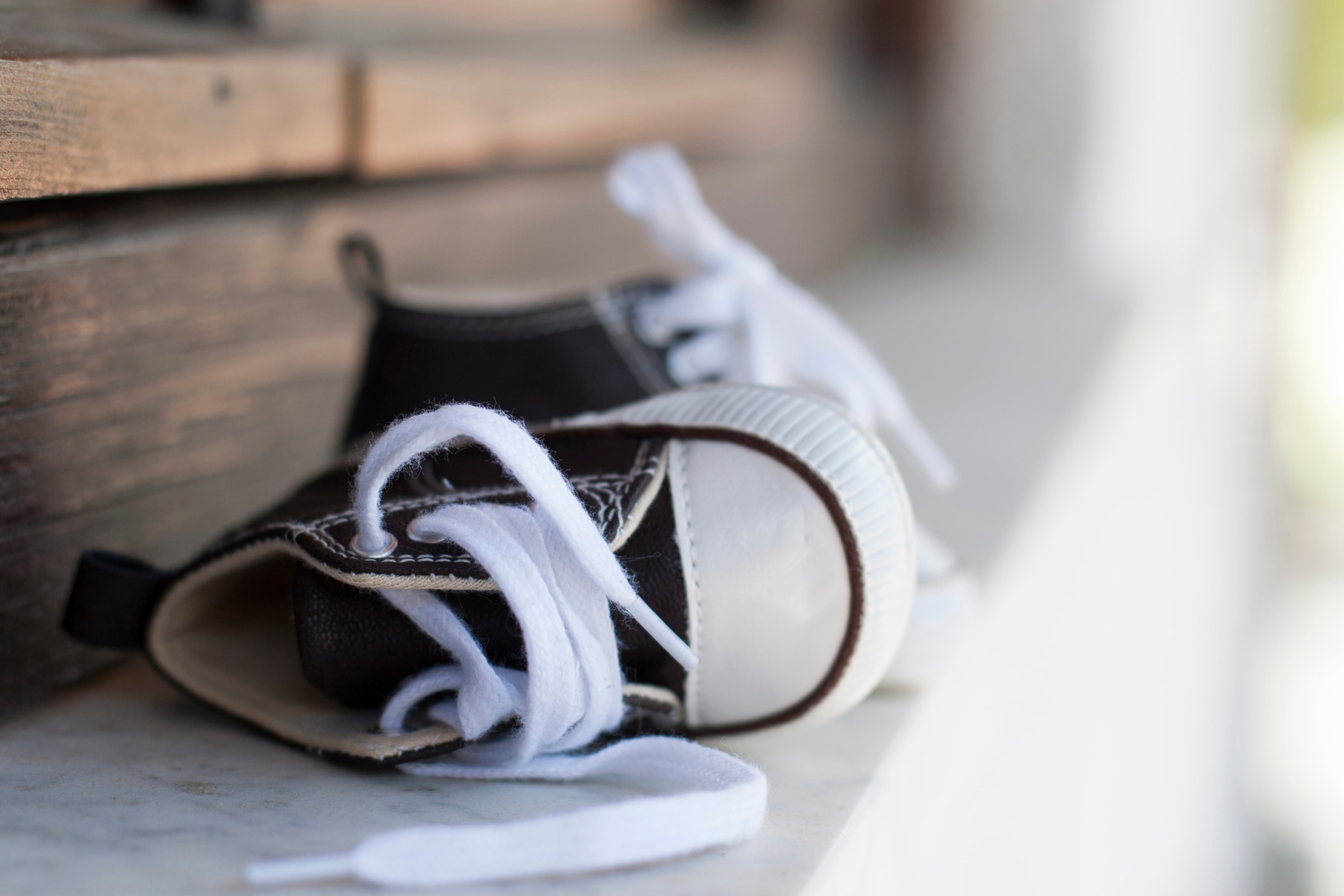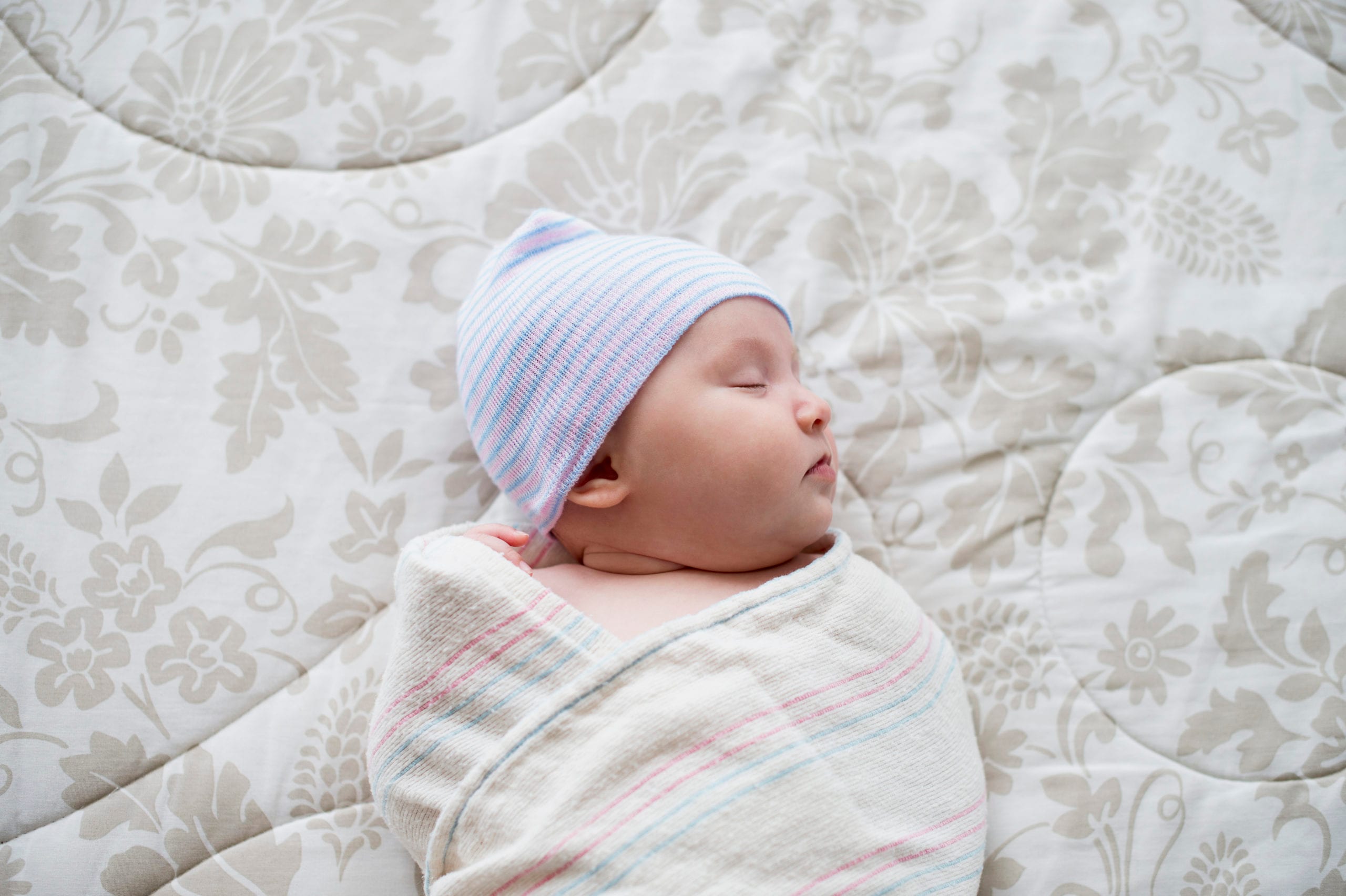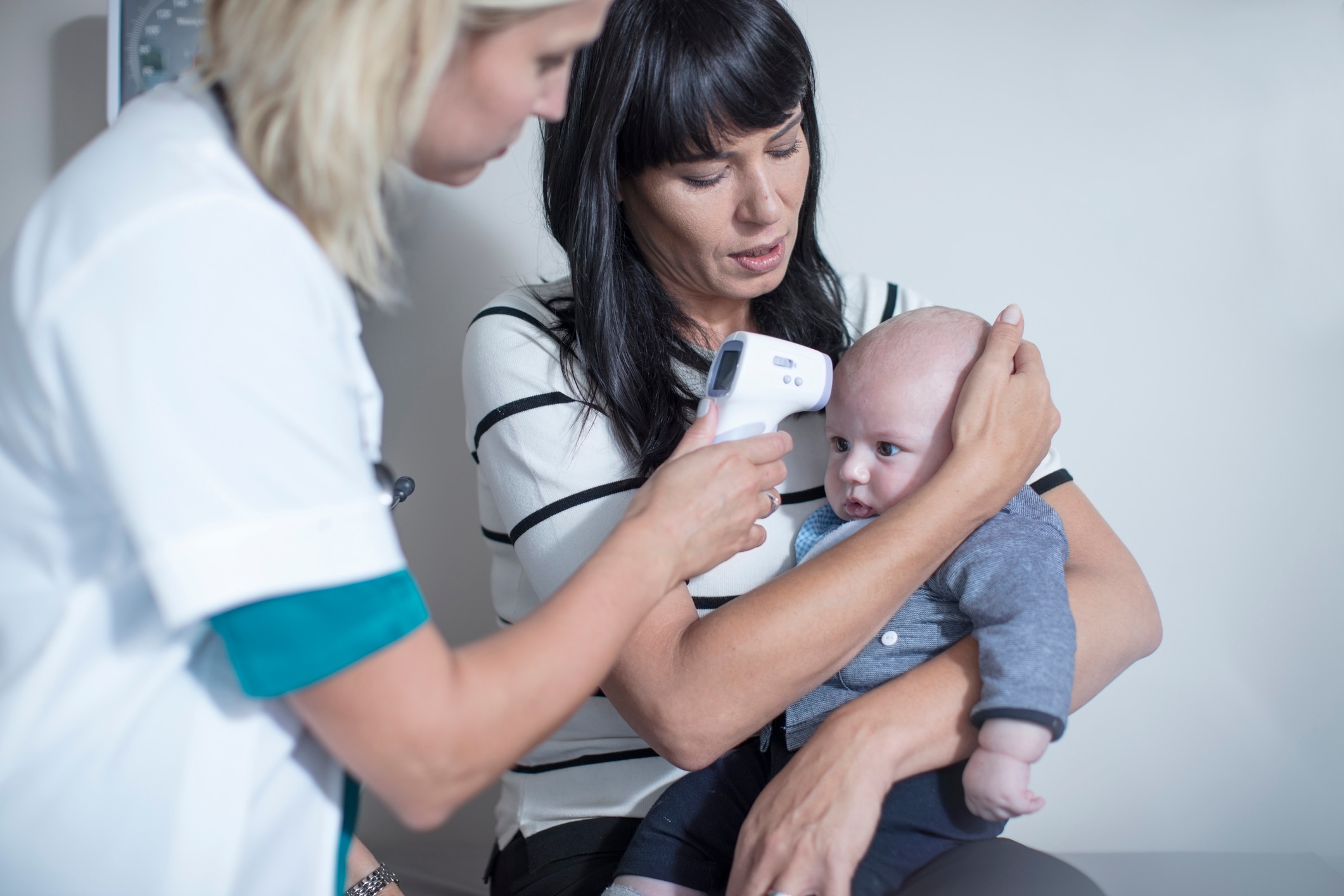Asthma is a chronic respiratory disease that affects millions of people worldwide, including young children. Dr. Maribelis Perez, a pediatrician for Premiere Community Health Care and the associate director of pediatrics in Dade City, Florida, says she sees a child diagnosed with asthma daily and a child presenting with acute symptoms at least once a week.
According to the Centers for Disease Control and Prevention, 1 in 6 children with asthma end up in the emergency room every year. Asthma is the leading cause of absence of school-aged children managing a chronic illness and disproportionately impacts Black and poverty born children.
Perhaps your child has been experiencing wheezing or coughing symptoms you associate with asthma, and you’re not sure what to do next. Or, if your child already has an asthma diagnosis, you may be wondering what you can do to help them manage their symptoms and improve their quality of life. We asked experts to weigh in on the some key things parents should know about asthma in children:
What is asthma in children?
The National Institute of Health states that asthma is a chronic condition that causes the airways in the lungs to become inflamed and narrow, making it difficult to breathe. This inflammation can be triggered by a variety of factors, including allergies, exercise and respiratory infections.
Asthma can also be genetic. Studies conducted by the National Library of Medicine proved that asthma runs in families, and children of asthmatic parents are at increased risk of an asthma diagnosis.
What are the symptoms of asthma in children?
According to The American College of Allergy, Asthma & Immunology common symptoms of asthma in toddlers and children include:
- Wheezing (a high-pitched whistling sound when breathing).
- Coughing (especially at night or early in the morning).
- Shortness of breath or rapid breathing.
- Chest tightness or discomfort.
- Frequent colds that settle in the chest
How is asthma diagnosed in children?
Perez says asthma can be diagnosed, in its early stages, by a child’s response to bronchodilators medications during wheezing episodes or respiratory illness. “As children get older, the diagnosis can be confirmed by tests called lung function tests — where the patient breathes through special machines and measurements are taken.”
She adds that although coughing and wheezing are symptoms of asthma, these symptoms alone may not lead to an asthma diagnosis.
“It is important to diagnose asthma accurately to be able to treat it properly and to help prevent recurrence of symptoms and ultimately, to help children function to their fullest,” says Perez.
What may appear to be asthma in babies could actually be a viral respiratory infection like bronchiolitis or respiratory syncytial virus (RSV). RSV is the leading cause of hospitalization in babies under age 1. Perez says it shows up in babies as early as one to two weeks old. An RSV diagnosis can sometimes lead to bronchiolitis or an asthma diagnosis, but not always.
“Children who get respiratory viral infections very early tend to be wheezers and chronic wheezers as they get older, but they may not have asthma,” says Perez.
If you suspect that your child has asthma, it’s important to see a doctor for an accurate diagnosis. Perez explains that this may entail a child’s primary care doctor performing a physical exam, asking about your child’s symptoms and medical history and conducting lung function tests to measure how well your child’s lungs are working to make an asthma diagnosis. You will also be asked if there is a history of asthma in your family.
Can children outgrow asthma?
According to the United States Environmental Protection Agency (EPA), two-thirds of children (age 6 and younger) who wheeze when they have a cold do not have wheezing after age 6. However, Perez points out that very young children who grow up to no longer experience any asthma symptoms may have been misdiagnosed. She explains, “If they only used a nebulizer once in their life, they probably didn’t have asthma.”
Asthma is a lifelong disease that can become less severe but cannot be outgrown.
The EPA website states: “Some children may have fewer symptoms in their teens, but they still have asthma.”
How is asthma in babies and children treated?
While there is no cure for asthma, Perez says there are many treatments available to help manage symptoms and prevent asthma attacks. These may include:
- Inhalers such as bronchodilators to treat acute symptoms by opening up the airways AND corticosteroids to reduce inflammation and prevent recurrence of symptoms.
- Allergy medications (such as antihistamines and nasal sprays) to help manage allergic triggers.
- Immunotherapy (such as allergy shots) to help desensitize the immune system to allergens.
- Lifestyle changes (such as avoiding triggers, exercising regularly, staying hydrated and maintaining a healthy weight) to help improve overall lung function and reduce the risk of asthma attacks.
How can parents help their children manage asthma?
As a parent, there are many things you can do to help your child manage their asthma, including:
- Educate yourself about your child’s condition and treatment plan.
- Encourage your child to take their medication as prescribed.
- Teach your child how to use their inhaler correctly.
- Monitor your child’s symptoms and seek medical attention if they worsen.
- Help your child avoid triggers (such as tobacco smoke, air pollution and allergens).
Rocka Malik, a parent from Miami, says her daughter Layla was diagnosed with asthma at the age of 5, so Malik decided to do what she could to reduce triggers at home. Her daughter would tell her, “The hallway is closing” to describe her constricted airway. “I removed carpets, only bought her clothing that used natural fibers like hemp, cotton and wool and didn’t allow any fuzzy stuffed animals in her room that could collect dust.” She also made sure to reduce dairy products and other foods that could be mucus producing.
Perez agrees avoiding mucus-producing foods such as milk and cheese could be a good idea, especially if a child has a cold, but she stresses that having regular visits with the child’s physician is equally important for managing asthma.
Expert tips: do’s and don’ts for children with asthma
Dr. Candice W. Jones, a pediatrician at Edgewater Pediatrics in Orlando, says since asthma ranges from mild and intermittent symptoms to a severe persistent disease, not every family will have the same experience. She explains, “One family may need only to carry a rescue inhaler (a fast acting bronchodilator used for asthma attacks) for the one or two times a year their child has asthma symptoms with a cold, or it could mean having to give your child asthma medications every day, closely monitoring their breathing and seeing an asthma specialist regularly.”
Although there may not be a one-size-fits-all treatment plan for all children, Jones says there are some do’s and don’ts that all parents can follow. Here’s her list:
- Do: create an asthma action plan with your pediatrician, and share it with other caregivers and the school.
- Do: always carry a rescue inhaler with you and be sure school-aged children have one in school.
- Do: have regularly scheduled follow-up visits with your child’s doctor.
- Don’t: smoke or vape around children or people with asthma.
- Don’t: forget to make sure your child takes any controller medications as prescribed.
When to take a child to hospital for asthma?
Both doctors Perez and Jones agree that if a child is struggling to breath or the asthma plan or medications prescribed by the pediatrician are not working, then the child should be taken to the hospital.
“Call 911 if your child can barely take a breath or has stopped breathing, has gray or blue color change or has decreased responsiveness,” says Jones. “You should take them to the hospital if the medications and asthma plan you have set with your pediatrician is not working to improve your child’s breathing.”
Your child beyond their asthma
A child diagnosed with asthma can continue their regular activities while their asthma is under control. By working closely with your child’s doctor and following a comprehensive treatment plan, you can help your child manage their asthma and live a healthy, active life.





